
Many businesses have big ambitions for AI, but the infrastructure is not yet able to meet them (Illustration: ST).
There is a huge gap between businesses' grand AI ambitions and their actual readiness to make them a reality.
The “Cisco AI Readiness Index 2025” report published by Cisco Technology Corporation on October 15 sounded a wake-up call: Although investment capital and expectations for AI remain high, only a small group of “Pacesetters” (pioneers) - accounting for 13% of global organizations - are truly ready to fully exploit the potential of this technology.
More worryingly, that 13% figure has remained unchanged over the three years of the survey, reflecting an alarming stagnation. The majority of businesses (87%) are at risk of being left behind, while also unwittingly accumulating “AI Infrastructure Debt.”
This is the invisible burden that could erode the long-term value that AI promises to deliver.
An independent survey of more than 8,000 business leaders and technology experts in 30 countries not only exposed the capability gap but also pointed out the path to success of the pioneering group.
These businesses are five times more likely to take AI projects from experiment to production, and achieve 30% more measurable value than the rest.
“The results of the AI Readiness Index 2025 make it clear: readiness determines value. The story is no longer about AI adoption, but about disciplined, strategic and sustainable adoption,” emphasized Mr. Nguyen Nhu Dung, Managing Director of Cisco Vietnam, Laos and Cambodia.
Decoding the “DNA” of the pioneering group
What sets these elite 13% apart? Not one single factor, but a holistic approach that balances strategic vision and a solid technology foundation.
Analysis of the “Pacesetters” group reveals three core characteristics that help them break through.
First, success with AI starts with strategy, not technology. Nearly all Pacesetters (98%) have a clear AI roadmap that is closely tied to their overall business strategy.
They know exactly what problem AI is solving and how to measure its effectiveness. Meanwhile, in Vietnam, only 58% of businesses have such a strategy. Notably, 95% of pioneers monitor and evaluate the impact of AI investments, compared to only 43% of the remaining group, helping them demonstrate return on investment (ROI) and promptly adjust initiatives.
“Ninety-five percent of Pacesetters can clearly identify and measure areas of value creation,” said Ben Dawson, Senior Vice President and President of Cisco Business for APJC.
Second, computing power and connectivity are the foundation of AI. 77% of Pacesetters say their network infrastructure is flexible and scalable for any AI project, compared to only 16% in Vietnam. A strong foundation helps them avoid technical bottlenecks, accelerate innovation, and reduce the risk of disruption.
Third, security is the “DNA” of AI strategy. For pioneers, security is not an afterthought, but a core component. 87% of them are aware of the specific threats of AI (compared to 48% in Vietnam), and 75% are ready to control and protect AI agents (compared to 34% in Vietnam).
“Integrating security from the start helps build robust, trustworthy, and sustainable AI systems,” said Simon Michelli, Managing Director of Cloud Infrastructure and AI at Cisco APJC.
As a result, 90% of businesses in this group recorded growth in profits, productivity and innovation, higher than the Vietnamese average of 74%.
Infrastructure burden
This year's report also points to two major trends that are reshaping the AI race: the rise of AI agents and the formation of “AI infrastructure debt.”
AI agents are systems that can automatically perform complex tasks and continuously learn. In Vietnam, 93% of organizations said they are planning to deploy AI agents, of which 38% expect them to work alongside humans within the next year.
However, Mr. Simon Michelli warned: the move from reactive AI to autonomous AI will be an “exponential stress test” for existing infrastructure.
This is also where “AI infrastructure debt” comes in – a result of delayed upgrades, underinvestment, and temporary compromises in infrastructure architecture to meet short-term goals.

Experts at the online seminar announcing the "AI Readiness Index 2025" held on October 15 (Screenshot).
“At first, it’s invisible. Subtle inefficiencies, architectural compromises… but over time, it will inevitably manifest as slower innovation, higher risk, and ultimately eroded value from AI investments,” Michelli explained.
Vision for Vietnam
Although the overall picture shows many challenges, the Asia- Pacific region, especially Southeast Asia, is showing positive signs.
Pacesetters in Southeast Asia are 16%, compared to 11% in Europe and 14% in the Americas. Ben Dawson notes that countries like Indonesia (23%) and Thailand (21%) are bright spots, suggesting that developing economies may see AI as “a powerful opportunity to leapfrog more developed rivals.”
For Vietnam, the ambition is clear, but the gap in infrastructure capacity and strategy is still large. To avoid falling behind and drowning in "infrastructure debt", businesses need to look at the Pacesetters' model: Start with a clear AI strategy, invest in a flexible and secure infrastructure platform, and most importantly, have a rigorous value measurement mechanism.
The AI revolution is not a sprint, but a marathon journey that requires careful preparation and long-term vision.
The advice from Cisco experts is clear: Follow the pioneers, by learning from the elite Pacesetter group, organizations can avoid the pitfalls of “infrastructure debt” and turn AI ambitions into real, sustainable value, securing their place in the digital future.
Source: https://dantri.com.vn/cong-nghe/muon-thang-ve-ai-doanh-nghiep-can-vuot-qua-mon-no-ha-tang-20251016155212244.htm


![[Photo] General Secretary To Lam attends the 18th Hanoi Party Congress, term 2025-2030](https://vphoto.vietnam.vn/thumb/1200x675/vietnam/resource/IMAGE/2025/10/16/1760581023342_cover-0367-jpg.webp)

![[Photo] Nhan Dan Newspaper launches “Fatherland in the Heart: The Concert Film”](https://vphoto.vietnam.vn/thumb/1200x675/vietnam/resource/IMAGE/2025/10/16/1760622132545_thiet-ke-chua-co-ten-36-png.webp)



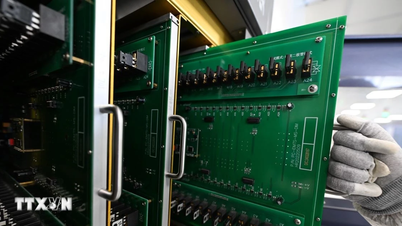



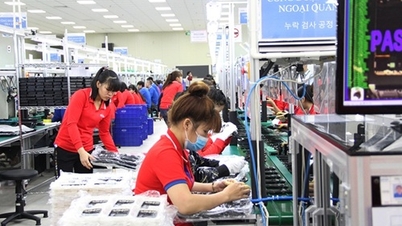

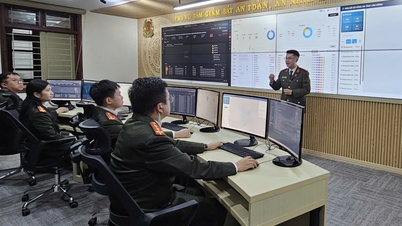









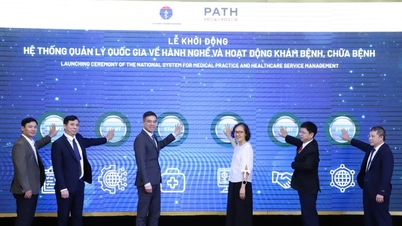
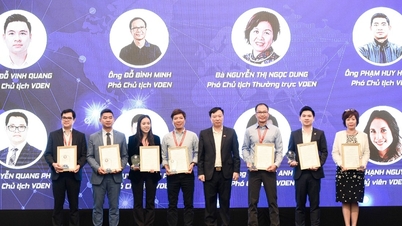
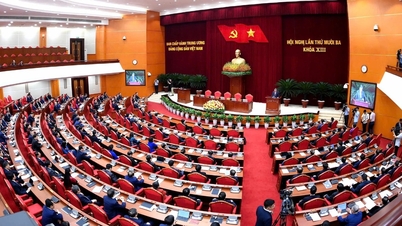
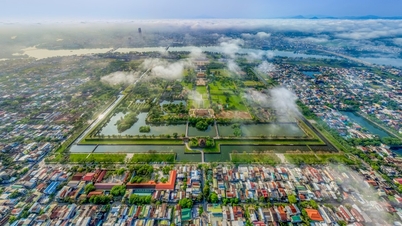






![[Video] TripAdvisor honors many famous attractions of Ninh Binh](https://vphoto.vietnam.vn/thumb/402x226/vietnam/resource/IMAGE/2025/10/16/1760574721908_vinh-danh-ninh-binh-7368-jpg.webp)


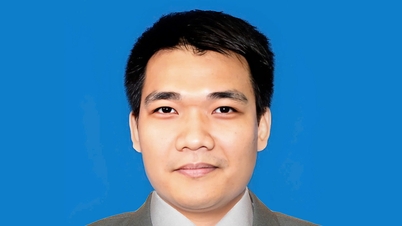







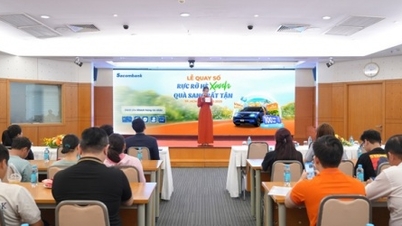






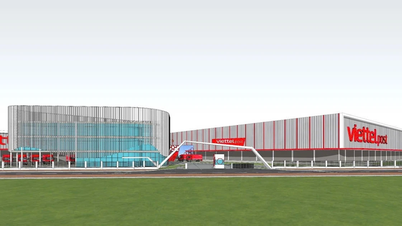
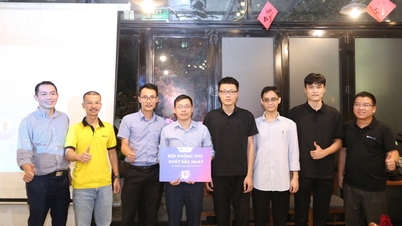







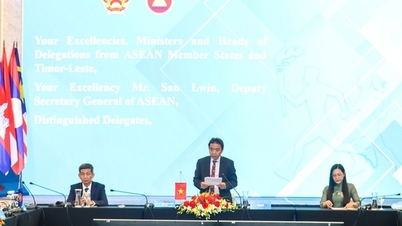

![[Photo] Nhan Dan Newspaper launches “Fatherland in the Heart: The Concert Film”](https://vphoto.vietnam.vn/thumb/402x226/vietnam/resource/IMAGE/2025/10/16/1760622132545_thiet-ke-chua-co-ten-36-png.webp)

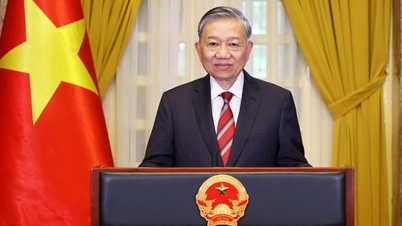





































Comment (0)